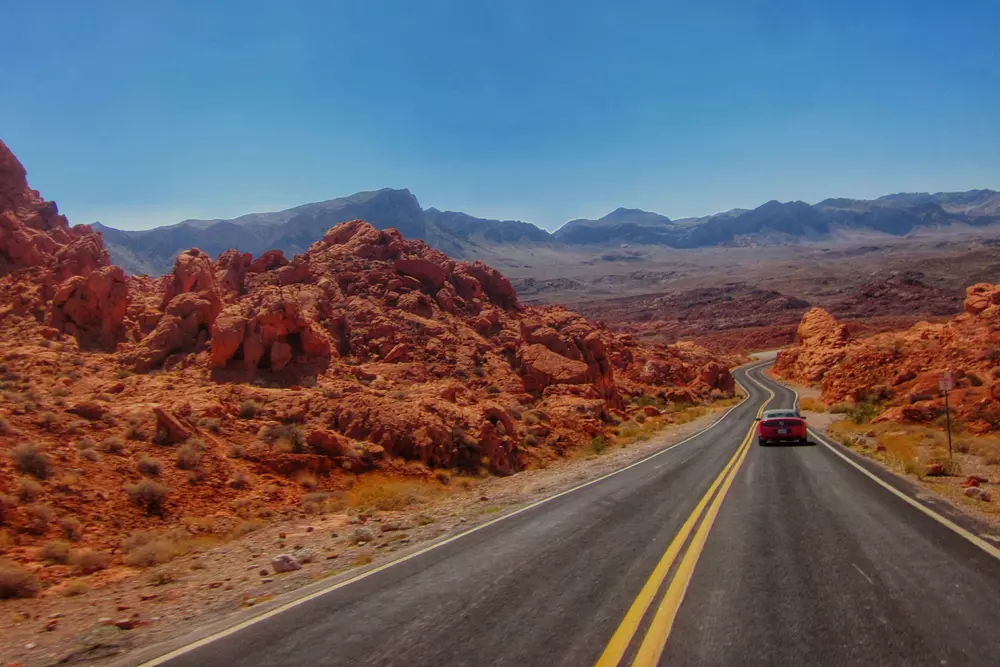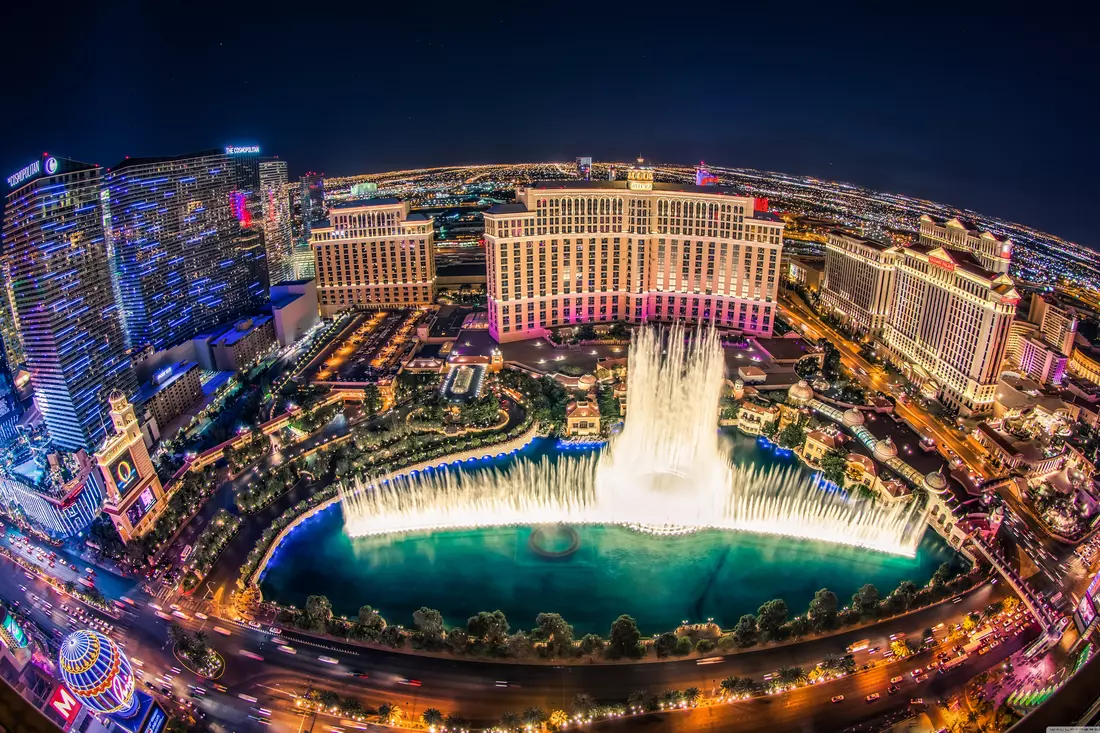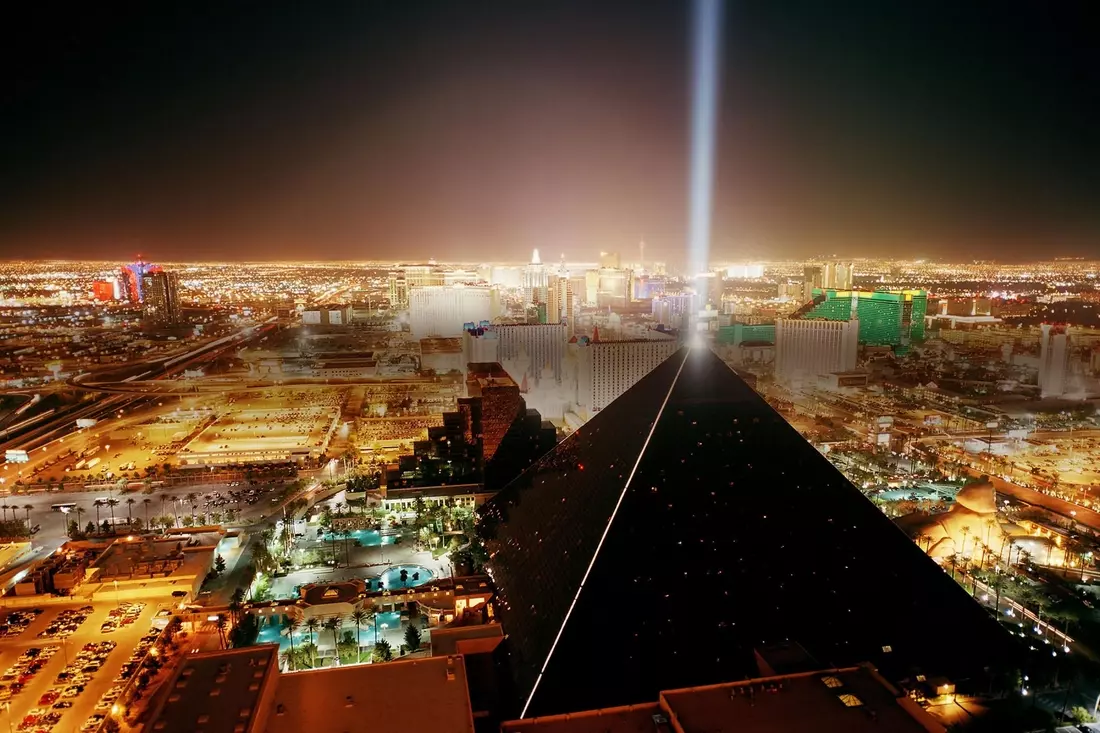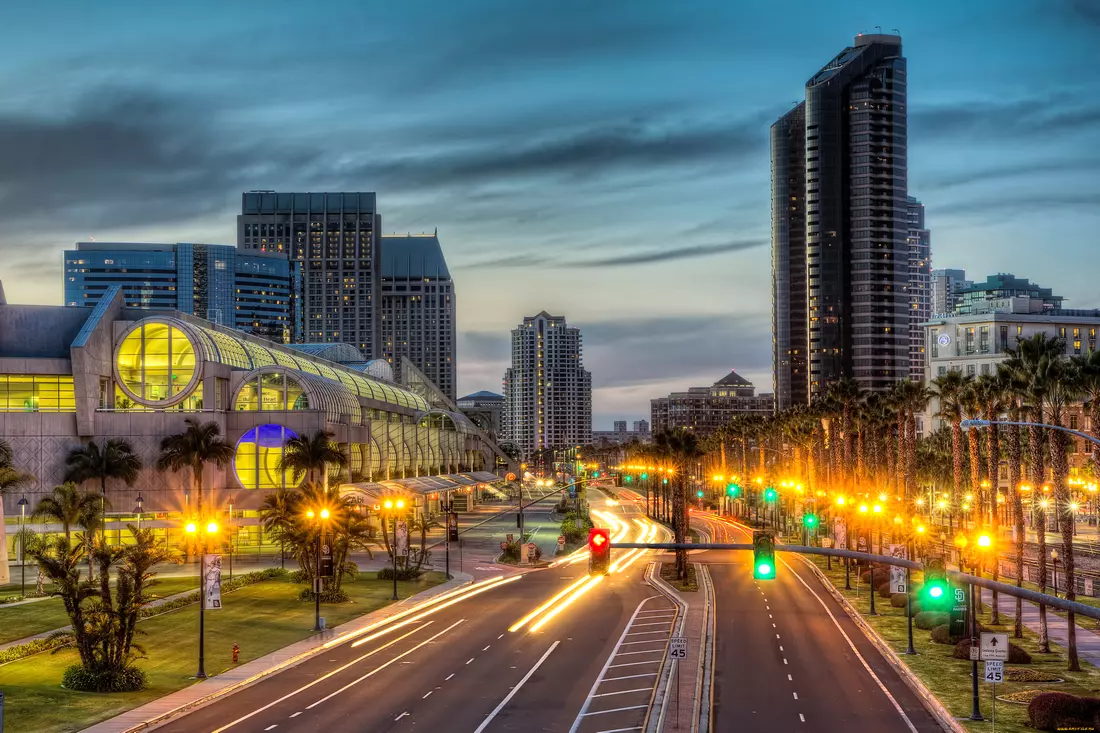What Makes Hoover Dam Unique?
Hoover Dam is one of the tallest dams in the world and a powerful hydroelectric plant. Tourists and locals alike visit to witness the incredible scale of the construction, enjoy boating, swimming, and fishing.
This colossal structure, widely recognized as one of the greatest engineering achievements in history, was officially named Hoover Dam in honor of Herbert Hoover's role in its construction. It's a truly fascinating and engaging site that adults and children alike enjoy for its sheer size and significance.
You must see it — it will reveal a new side of American culture and history.

Why Hoover Dam Was Built
Hoover Dam is used to control flooding on the lower Colorado River. The storage and delivery of river water from Lake Mead is also an integral part of the dam's purpose, as it provides reliable water supplies for irrigation in Las Vegas, Los Angeles, and Phoenix.
The dam provides affordable hydroelectric power to the states of Nevada, Arizona, and California. It generates over four billion kilowatt-hours per year and is one of the largest hydroelectric facilities in the U.S. The revenue from electricity sales covers all operational and maintenance costs.
Impact on the Region
Hoover Dam plays a key role in water resource management and energy supply in the southwestern United States. It provides water for irrigation and domestic needs and generates electricity necessary for the region's development. Without it, modern Las Vegas and many other cities would not exist as they do today.
Environmental Aspects
Built on the Colorado River, Hoover Dam has a significant environmental impact. The creation of the reservoir changed the river's ecosystem but also provided opportunities for recreational activities such as fishing, boating, and swimming.
Tourism Development
Hoover Dam is also one of Nevada's top tourist destinations, as it is located just 30 miles from Las Vegas and easily accessible via highway. Thousands of tourists visit each year to enjoy the views and learn more about this unique engineering marvel.
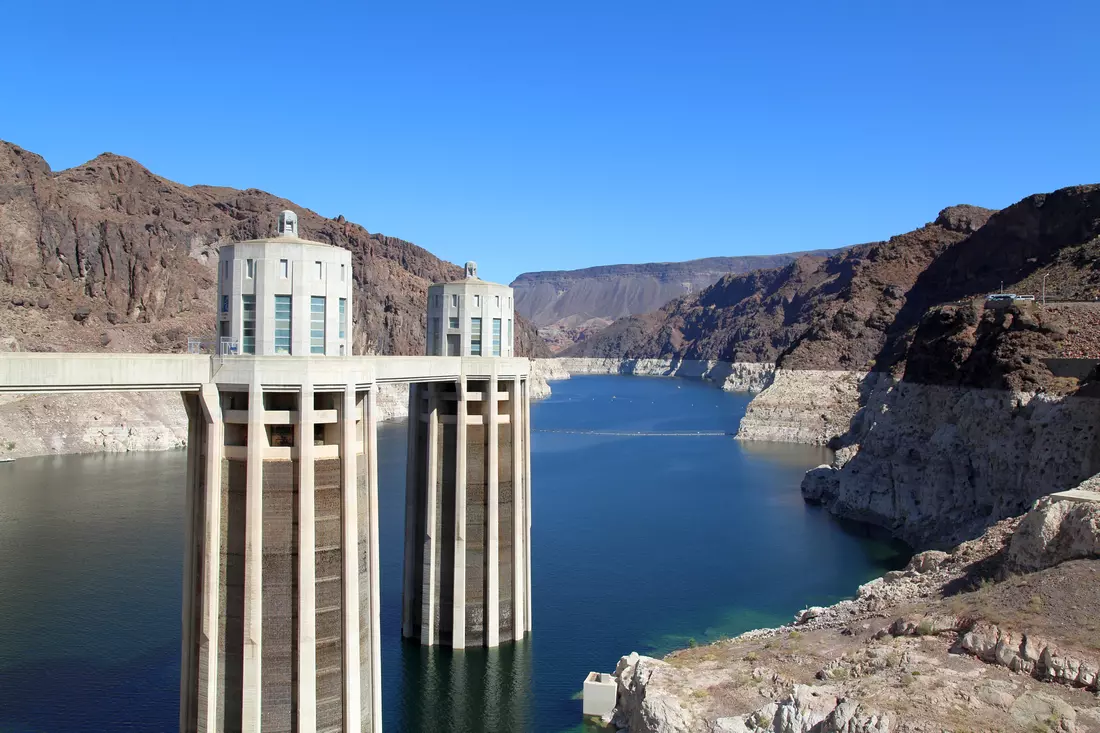
The Beginning of Construction
In the early 20th century, the U.S. Bureau of Reclamation developed a plan to build a massive dam on the border between Arizona and Nevada. The primary goal was to tame the Colorado River and provide water and hydroelectric power to the Southwest. Commerce Secretary Herbert Hoover brokered the 1922 Colorado River Compact to allocate water among seven states proportionally.
In honor of his contribution, Interior Secretary Ray Wilbur announced at the 1930 groundbreaking ceremony that the structure would be named Hoover Dam, although it was officially named Boulder Dam until 1947.
- 01.The first complex stage of construction was treating the canyon walls to create four diversion tunnels for water. Confronted with tight deadlines, workers toiled in the tunnels, inhaling carbon monoxide and dust, leading to a six-day strike in August 1931.
- 02.The second challenging step was clearing the retaining walls. Workers used 44-pound jackhammers and steel rods to dislodge loose material — a treacherous task that resulted in casualties from falling workers, equipment, and rocks.
Meanwhile, the dry riverbed allowed the construction of a power plant, four intake towers, and the dam itself. The plant's design featured futuristic elements with Art Deco styling, and its interior paid homage to Native American culture.
The power plant began operation on September 12, 1936.

In 1985, Hoover Dam was designated a National Historic Landmark, and in 1994, it was named one of the Seven Modern Civil Engineering Wonders of America. It attracts around 7 million visitors annually.
Interesting Facts About the Dam
- Hoover Dam was the most expensive engineering project in U.S. history at the time of its construction, costing $49 million. Adjusted for inflation, it would now cost about $700 million.
- The dam used 5 million barrels of cement and 45 million pounds of reinforcing steel. Approximately 20,000 workers contributed to its construction.
- The dam rises 726 feet and spans 1,200 feet at the crest. The base is 660 feet thick, and creating the retaining wall required 91.8 billion cubic feet of concrete.
- Today, it has 17 turbines that can produce about four billion kilowatt-hours of electricity annually, enough to power over a million people in the southwestern United States.
- The dam has appeared in several films, most notably in Alfred Hitchcock's "Saboteur," where it is depicted as a potential terrorist target. Bureau of Reclamation officials require that films portraying Hoover Dam do not depict it as posing a danger to people.
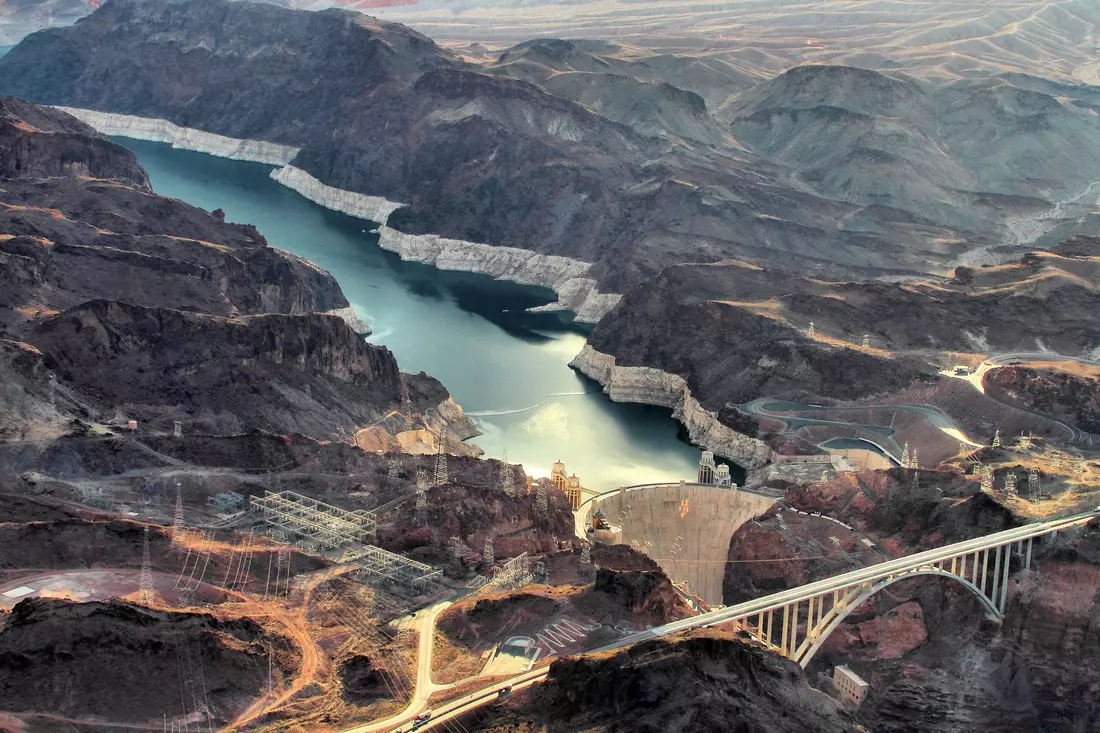
What to See and Do
Hoover Dam offers numerous opportunities for a fascinating experience. If you're planning to visit Hoover Dam, the first place to start your journey is the Visitor Center. Here, you will get basic information about the site and learn about upcoming activities.
Tours
Tours of the dam include visits to observation decks with breathtaking views of Lake Mead and the Colorado River canyon. Guides will tell you about the history and construction of the dam and show you the inner workings and generators.
The Discovery Tour includes everything related to the power plant tour but limits group size to 20 people and spends more time inside the structure. Tours run from 9 a.m. to 5 p.m. year-round.
Museum
The museum showcases exhibits on the dam's construction, its significance to the region, and its role in U.S. history.
Hiking
For hiking enthusiasts, there are trails leading to scenic views of the dam and surrounding landscapes.
How to Get to Hoover Dam
Hoover Dam is located just 30 miles (about 50 kilometers) from Las Vegas and is easily accessible by car or organized tours. The drive takes about 45 minutes, making it an ideal day trip.

Additional Information
-
Address
-
Telephone
+1-702-494-2517
-
Mode of operation
Daily: 09:00 am – 05:00 pm.
-
Web site
| Address | |
| Telephone | +1-702-494-2517 |
| Mode of operation | Daily: 09:00 am – 05:00 pm. |
| Web site |
Hoover Dam is not just an engineering marvel but a testament to human ingenuity and determination. Visit it and experience the grandeur of this monumental structure firsthand.
Discover Hoover Dam! Book a tour with American Butler!

























